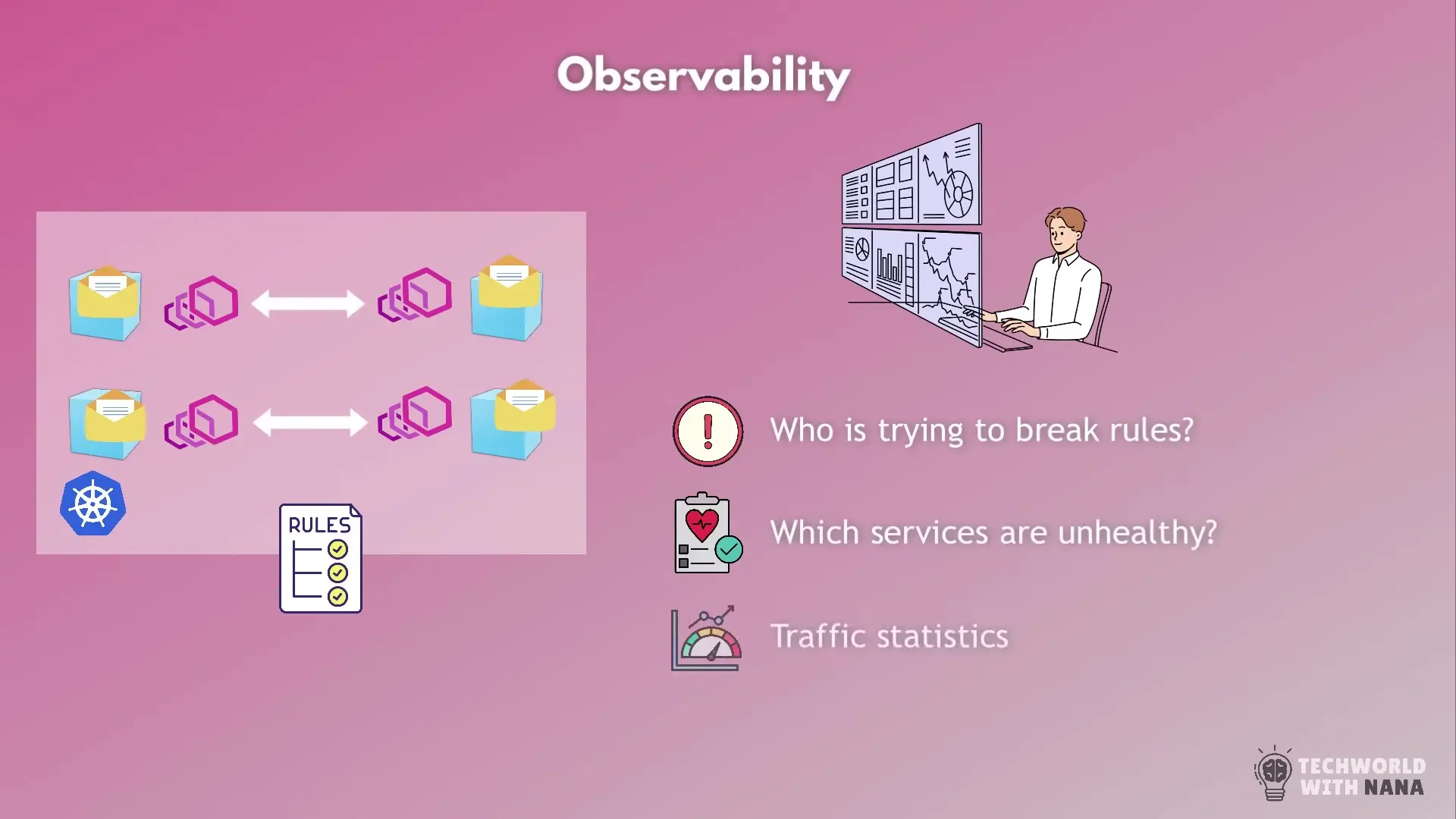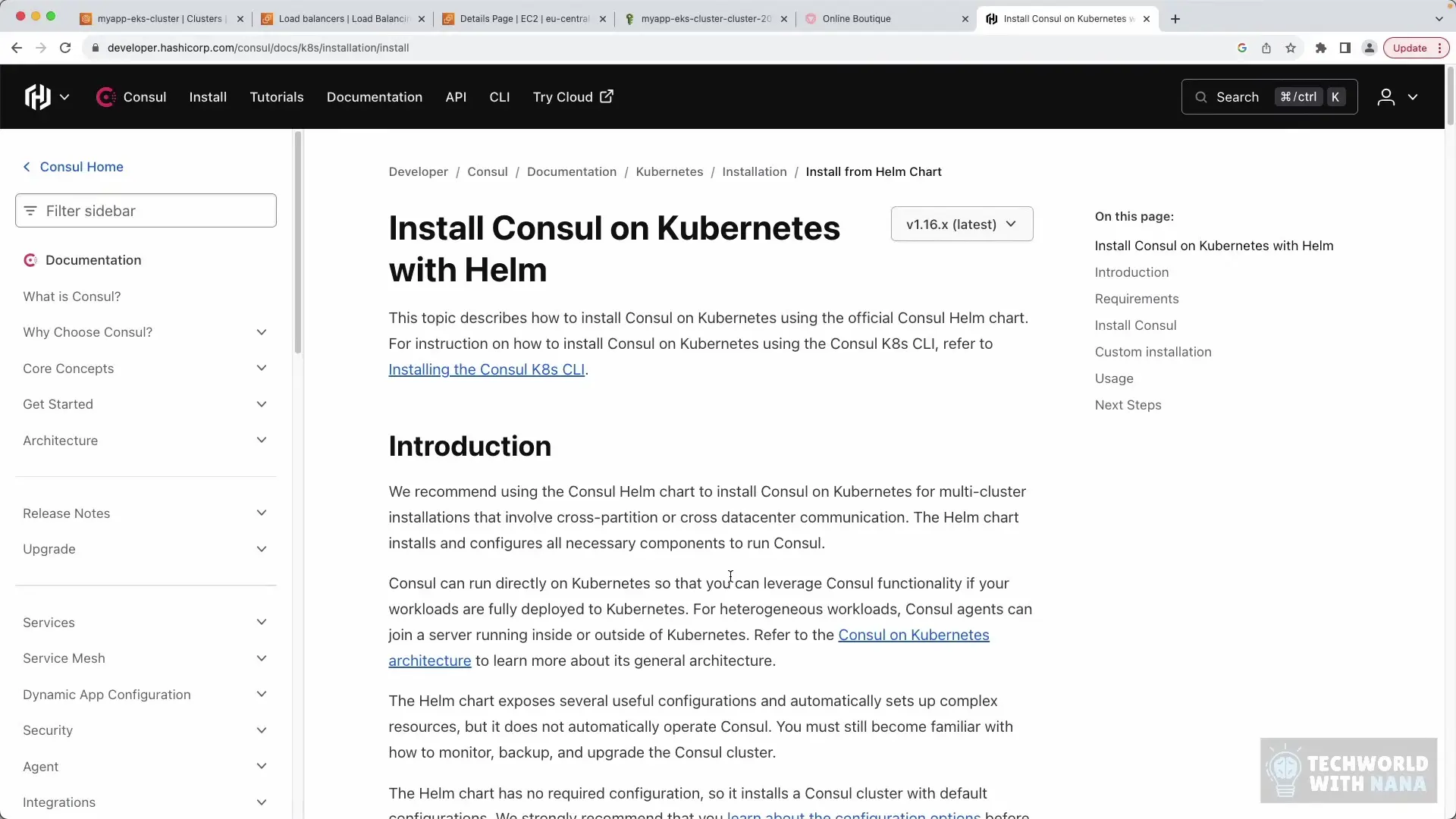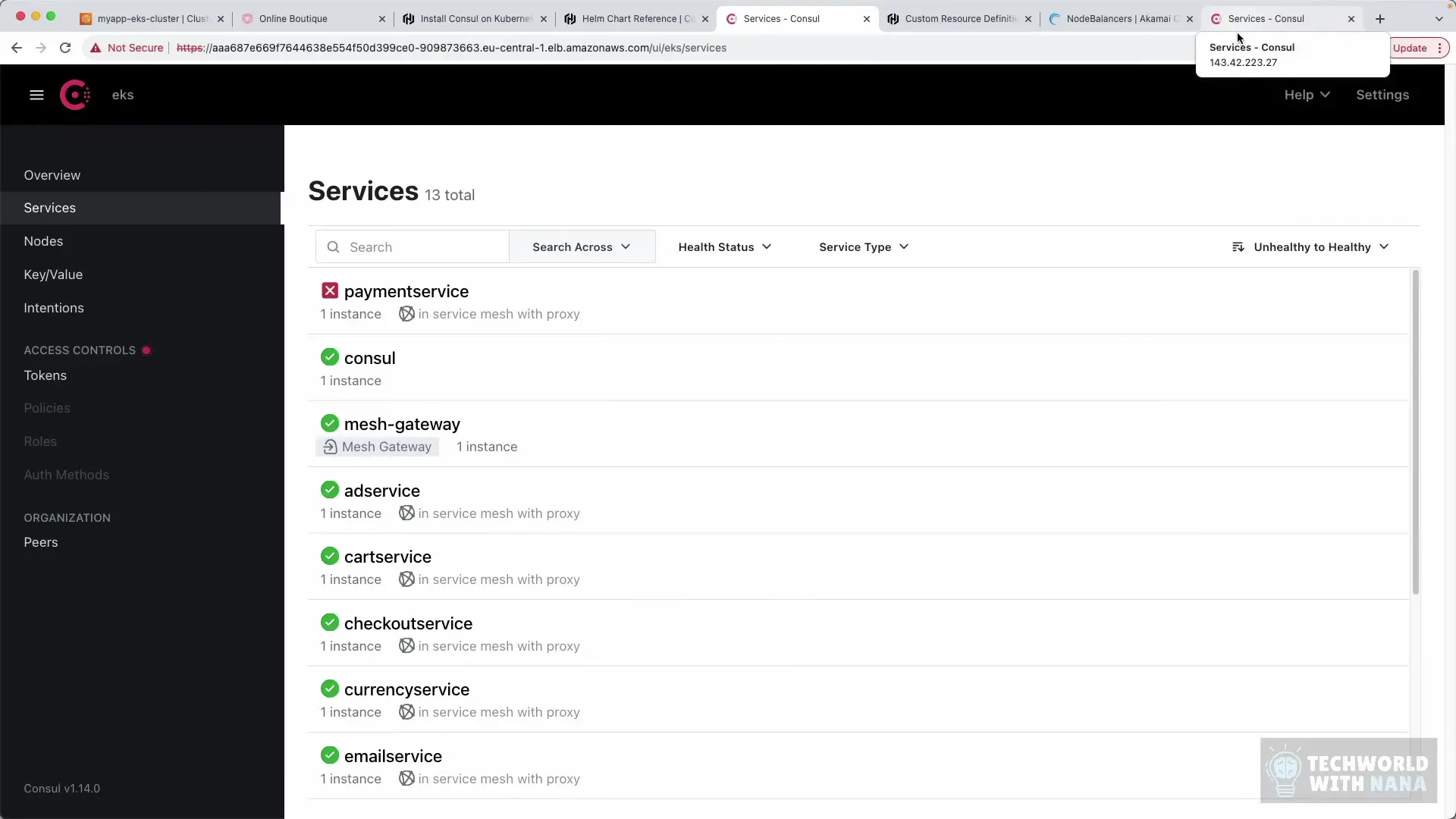
In today's cloud-native world, managing communication between microservices is one of the biggest challenges developers and DevOps engineers face. As applications grow more complex and distributed, the need for a reliable service mesh becomes critical. Consul Service Mesh offers a powerful solution to these challenges, providing a dedicated infrastructure layer for handling service-to-service communication.
Understanding the Microservices Communication Challenge
To grasp why service mesh technologies like Consul are so important, let's examine a typical microservices scenario. Imagine an e-commerce application similar to Amazon with numerous interconnected services: product catalog, shopping cart, order management, user authentication, reviews and ratings, recommendation engine, payment gateway, and more. Each service needs to communicate with multiple other services to function properly.
While microservices architecture offers flexibility in development and scaling, it introduces significant challenges in service connectivity:
- Discovering which endpoints services should communicate with
- Determining appropriate communication channels (HTTP requests, message brokers, etc.)
- Managing communication bottlenecks when services are overwhelmed
- Handling situations when services are unresponsive
- Monitoring the health and performance of all service connections
- Securing communications between services
The Multi-Environment Challenge
These challenges become even more complex when your application spans multiple environments:
- Multiple geographic regions (for better user experience)
- Different data centers
- Hybrid environments (Kubernetes clusters and traditional VMs)
- Multi-cloud deployments (AWS, Google Cloud, etc.)
Each additional environment layer adds complexity to networking, security, data synchronization, and overall service management. This is precisely where Consul Service Mesh shines.
What is Consul Service Mesh?
Consul Service Mesh is an infrastructure layer that manages communication between microservices across complex, distributed environments. It provides a dedicated network for service-to-service communication that addresses the challenges of operating microservices at scale.
Rather than each service implementing its own solution for discovery, security, and resilience, Consul handles these concerns consistently across all services.

How Consul Service Mesh Works: The City Analogy
To understand how Consul works, imagine a city where buildings represent nodes (servers), apartments represent pods, and residents represent service containers. Without a service mesh, each resident (service) must maintain their own address book of other residents they communicate with and handle all aspects of communication themselves.
This creates several problems:
- When a resident moves (service endpoint changes), everyone must update their address books
- Each resident must report communication data to a central monitoring service
- Residents spend too much time on administrative tasks instead of their primary jobs
- Communication reporting is inconsistent, making it difficult to analyze
Consul Service Mesh solves these problems by providing each resident with a personal assistant (a sidecar proxy) who handles all communication tasks. These assistants follow consistent protocols, maintain updated address information, and report communication metrics in a standardized format.
Key Features of Consul Service Mesh
- Service Discovery: Automatically finds and registers services across environments
- Traffic Management: Routes requests between services with load balancing and failover capabilities
- Security: Provides TLS encryption, identity-based authentication, and authorization
- Observability: Collects metrics, logs, and traces for monitoring service interactions
- Multi-datacenter Support: Connects services across different regions and clouds
Consul Architecture
Consul uses a sidecar proxy model where each service gets a companion proxy that handles all network communication. The core components include:
- Consul Server: Central registry that maintains service catalog and configuration
- Consul Client: Runs on each node to register local services and forward queries
- Consul Connect: The service mesh feature providing secure service-to-service communication
- Sidecar Proxies: Handle traffic between services, implementing security and routing rules

Practical Use Cases for Consul Service Mesh
Multi-Region Deployment
For global applications, Consul enables services in different geographic regions to discover and communicate with each other securely, providing users with low-latency experiences regardless of their location.
Hybrid Cloud Environments
Consul bridges the gap between services running in Kubernetes clusters and those on traditional infrastructure like VMs, allowing seamless communication regardless of where services are deployed.
Multi-Cloud Failover
Consul can connect services across different cloud providers (like AWS and Google Cloud), enabling disaster recovery and high availability in case one provider experiences an outage.

Benefits of Implementing Consul Service Mesh
- Simplified Service Development: Developers can focus on business logic rather than networking code
- Consistent Security: Standardized encryption and authentication across all services
- Enhanced Observability: Comprehensive visibility into service communications
- Improved Resilience: Automatic handling of service failures and retries
- Platform Agnostic: Works across any infrastructure (Kubernetes, VMs, bare metal)
- Scalability: Efficiently manages communication as your application grows
Getting Started with Consul Service Mesh
To implement Consul Service Mesh in your environment, you'll need to:
- Deploy Consul server components in your infrastructure
- Install Consul clients on each node where services run
- Configure services to use the Consul Connect proxies
- Define service mesh policies for routing, security, and resilience
# Example Consul configuration for Kubernetes
apiVersion: v1
kind: ConfigMap
metadata:
name: consul-config
data:
config.json: |
{
"server": true,
"bootstrap_expect": 3,
"data_dir": "/consul/data",
"client_addr": "0.0.0.0",
"ui": true,
"connect": {
"enabled": true
}
}Conclusion
Consul Service Mesh addresses the complex challenges of microservices communication in modern distributed environments. By providing a dedicated infrastructure layer for service connectivity, it enables developers to build resilient, secure, and observable applications without getting bogged down in networking details.
Whether you're managing services across multiple Kubernetes clusters, bridging traditional and cloud-native infrastructure, or implementing multi-cloud resilience, Consul Service Mesh provides the tools you need to simplify service communication and focus on delivering value to your users.
Let's Watch!
Consul Service Mesh: Ultimate Guide for Microservices Communication
Ready to enhance your neural network?
Access our quantum knowledge cores and upgrade your programming abilities.
Initialize Training Sequence